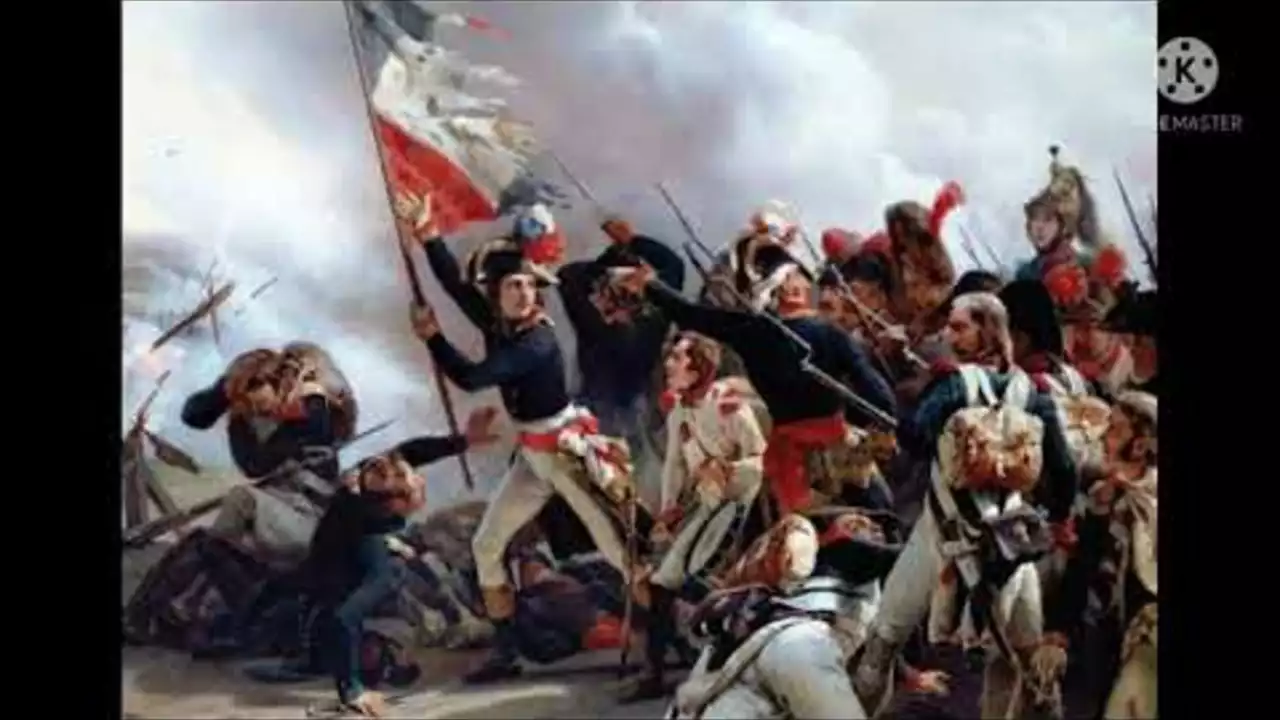

The French Revolution was a significant period in the history of France. It was a time when the monarchy was overthrown, and a new form of government was established. It marked the end of an era, and the beginning of a new one. The revolution was the result of a series of political, economic, and social changes that took place in France during the late 18th century. It was a time of great turmoil and upheaval, but it was also a time of great change and progress. In this section, we will take a closer look at the French Revolution and its impact on the rulers of France.
At the start of the French Revolution, France was ruled by King Louis XVI and his wife, Marie Antoinette. Louis XVI was a well-meaning but weak and indecisive ruler. He was unable to effectively manage the country's financial crisis, which was one of the main causes of the revolution. Marie Antoinette, on the other hand, was seen as extravagant and out of touch with the people. Her spending habits and indifference to the plight of the poor further fueled the resentment of the French people.
As the revolution progressed, power gradually shifted from the monarchy to the National Assembly. The National Assembly was made up of representatives from the three estates of French society: the clergy, the nobility, and the common people. It was the National Assembly that drafted the Declaration of the Rights of Man and of the Citizen, a key document of the French Revolution that laid out the principles of liberty, equality, and fraternity.
One of the most notorious figures of the French Revolution was Maximilien Robespierre. A lawyer by profession, Robespierre became one of the most powerful men in France during the Reign of Terror. He was a leading member of the Committee of Public Safety, which effectively ruled France during this period. Robespierre's rule was marked by extreme violence and paranoia, with thousands of people being executed on suspicion of counter-revolutionary activities.
After the fall of Robespierre, France was ruled by a five-man executive known as the Directoire. The Directoire was a period of relative calm after the chaos of the Reign of Terror. However, it was also a time of political corruption and economic instability. The Directoire ended in 1799 when Napoleon Bonaparte seized power in a coup.
Napoleon Bonaparte is perhaps the most well-known figure of the French Revolution. After seizing power, Napoleon declared himself First Consul of France, effectively making him the country's dictator. Despite his authoritarian rule, Napoleon implemented a number of reforms that had a lasting impact on France, including the Napoleonic Code, which forms the basis of French civil law to this day.
Following Napoleon's defeat at Waterloo, the monarchy was restored in France with the return of King Louis XVIII. The Bourbon Restoration marked a return to conservative values and the privileges of the nobility. However, it was a period of constant political instability, with the monarchy being overthrown and restored multiple times in the span of a few years.
After the fall of the Bourbon monarchy, Louis Philippe came to power in what is known as the July Monarchy. Louis Philippe was known as the "Citizen King" because of his efforts to present himself as a man of the people. However, his rule was marked by social unrest and political repression, which eventually led to the February Revolution of 1848 and the establishment of the Second Republic.
The Second Republic was a short-lived experiment in democracy that lasted from 1848 to 1852. It was a time of great political turmoil, with the government struggling to maintain control in the face of widespread social unrest. The Second Republic ended when Louis-Napoleon Bonaparte, the nephew of Napoleon Bonaparte, seized power and declared himself Emperor Napoleon III.
Write a comment